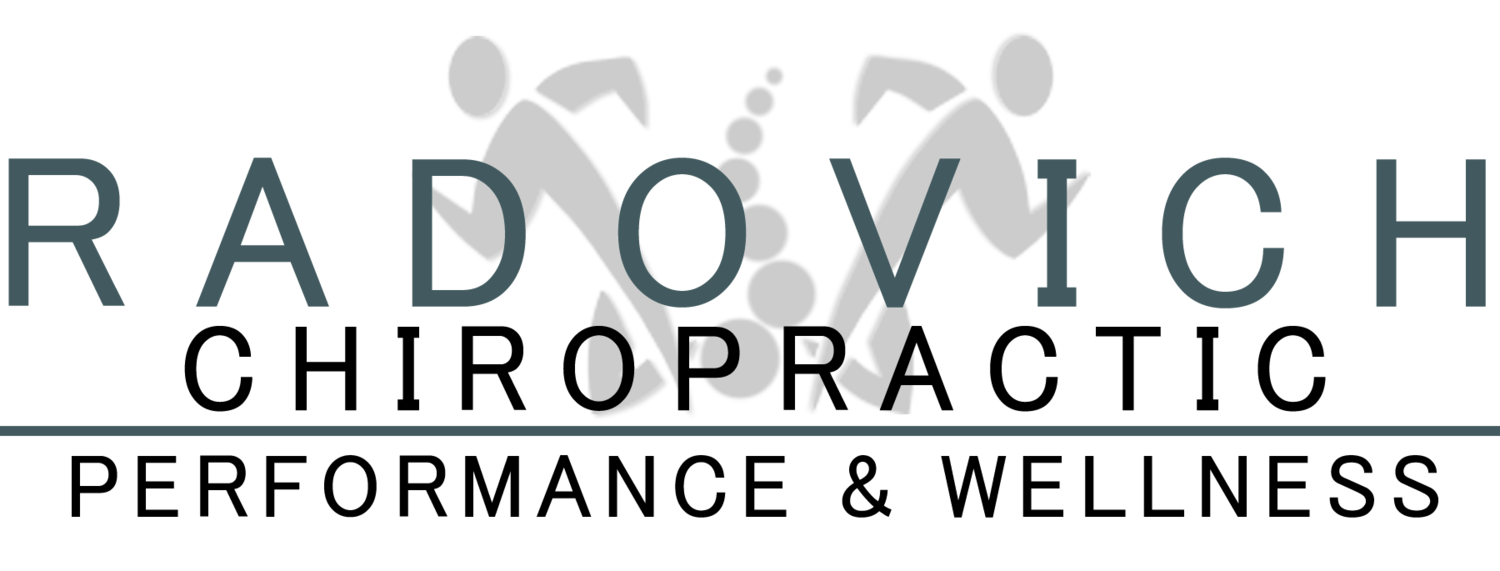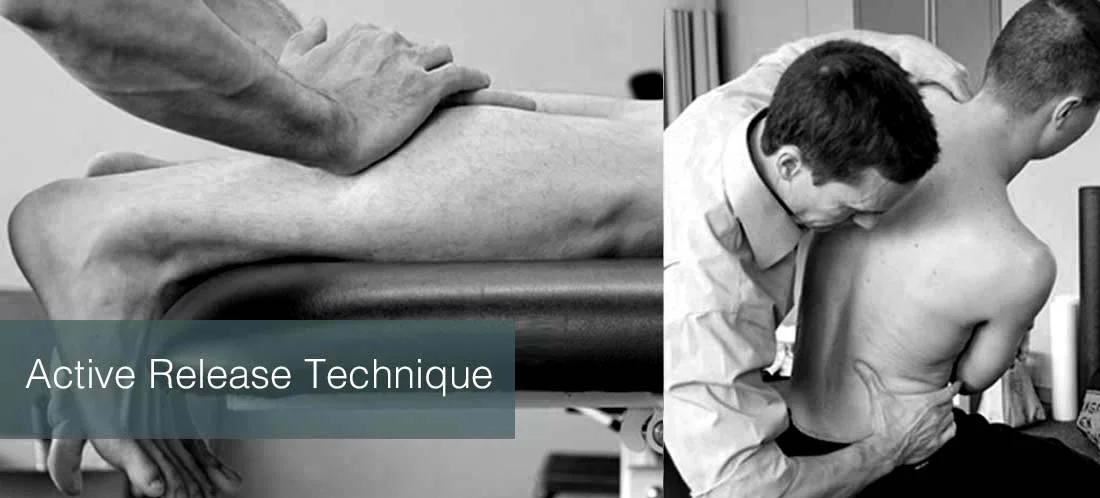Every A.R.T. session is actually a combination of examination and treatment. The A.R.T. provider uses his or her hands to evaluate the texture, tightness and movement of muscles, fascia, tendons, ligaments and nerves. Abnormal tissues are treated by combining precisely directed tension with very specific patient movements.
Active Release provides a way to diagnose and treat the underlying causes of a variety of conditions collectively called cumulative trauma disorders. These disorders are also known as repetitive stress injuries or "overuse" syndromes. These syndromes are given familiar names like rotator cuff syndrome, tendonitis and plantar fascitis. Other conditions that fall directly into this category are post- operative scar tissue, carpal tunnel, chronic low back pain, and hyper extension/flexion injury (whiplash).
Symptoms of cumulative trauma disorders are sensations of tingling, burning, aching and overuse, the body will attempt to repair the damage with scar tissue. These scar tissue adhesions left untreated perpetuate the cumulative injury cycle and result in progressive loss of function and increased pain. Soft tissue dysfunction often leads to a loss of flexibility, strength, and range of motion. People often attribute these losses to "just getting old," but this is seldom the case.
ART is designed to accomplish three unique objectives:
- Restore free and impeded motion of all soft tissues
- Release entrapped nerves, vasculature and lymphatics
- Re-establish Texture, Resistance & Function of Soft Tissues
You can visit www.activerelease.com for more information as well.
WHY ACTIVE RELEASE IS DIFFERENT
Active Release is a highly successful approach to injuries of muscles, tendons, nerves, and the surrounding soft tissues. Active Release is not massage, physiotherapy, or chiropractic care. While those procedures relieve muscle and motion dysfunction, they do not necessarily address the underlying problems caused by scar tissue formation.
Active Release separates, releases, and stretches the connective tissue adhesions, restores vascular and lymph circulation, and increases your range of motion, flexibility, and strength.
Active Release has proven to be especially valuable for athletes, from the professional to the beginner. In ninety percent of cases athletes with acute or long-standing muscular strain/sprain injuries experience complete recovery in a short period of time.
WHAT IS AN ART TREATMENT LIKE?
Every ART session is actually a combination of examination and treatment. The ART provider uses his or her hands to evaluate the texture, tightness and movement of muscles, fascia, tendons, ligaments and nerves. Abnormal tissues are treated by combining precisely directed tension with very specific patient movements.
These treatment protocols - over 500 specific moves - are unique to ART. They allow providers to identify and correct the specific problems that are affecting each individual patient. ART is not a cookie-cutter approach.
WHAT IS THE HISTORY OF ACTIVE RELEASE TECHNIQUES?
ART has been developed, refined, and patented by P. Michael Leahy, DC, CCSP. Dr. Leahy noticed that his patients' symptoms seemed to be related to changes in their soft tissue that could be felt by hand. By observing how muscles, fascia, tendons, ligaments and nerves responded to different types of work, Dr. Leahy was able to consistently resolve over 90% of his patients' problems. He now teaches ART and certifies health care providers all over the world.
If you would like more information on A.R.T. please contact Dr. Steve Radovich at (519) 972-3468. He is an assistant instructor with ART and is very updated on all the current techniques as he attends 2 to 3 continuing education courses per year. He would be happy to assist you with any of your health care concerns and questions you may have.


